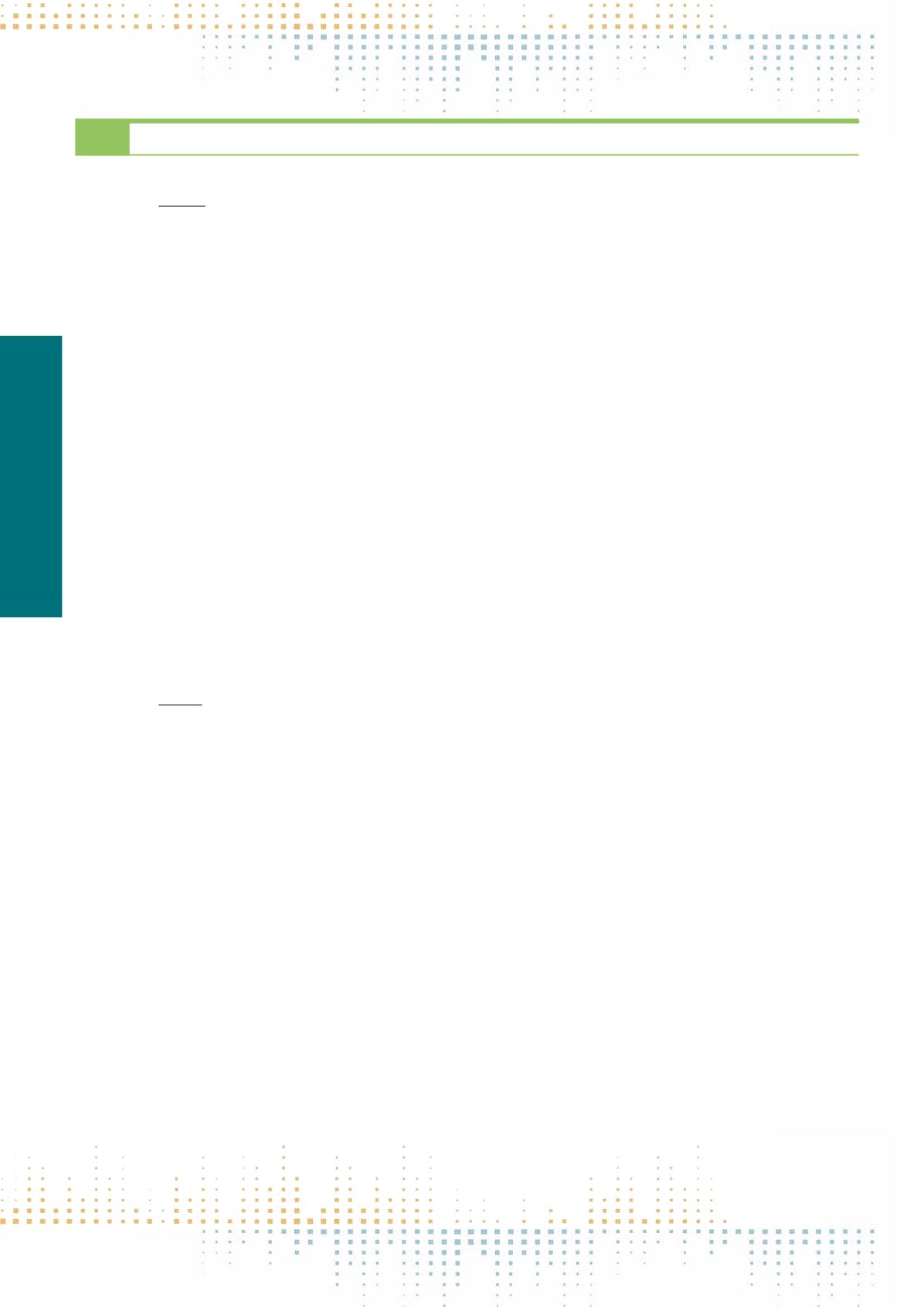

112
Friday, November 11
0 9 : 0 0 – 1 0 : 3 0
COH05 Gender andMinority Voices in CommunicationHistory
PP 307
The (Dis)Continuity in the Armenian Press in Turkey: Past, Present, and Future
H. Eraslan
1
1
Gazi University Communication Faculty, Journalism, ANKARA, Turkey
The history of the Armenian press in Turkey dates back to 1832 with the publication of Takvim-i Vekayi Lıro Kir, an Armenian version the official gazette, and
its last representative is Agos, which was first published in 1996 in Turkish and Armenian, which gained popularity with the assassination of Hrant Dink,
the executive editor of the newspaper. In this study, political, cultural, and social functions of the Armenian press in Turkey are analysed in the context
of (dis)continuity through the trilogy of past, present, and future. The newspaper has been the most significant mass communication tool for the Ar‑
menian Community living in Turkey not only in the past, but also today with the intention of making their voices of heard, publicize their problems, and
creating a public opinion regarding their issues. The Armenian community in the Ottoman Empire was introduced with the newspaper for the first time
through the Takvim-i Vekayi, an Armenian version of the official gazette. The number of Armenian newspapers started to increase in the reform periods
ofThe Hatt-i Sharif of Gülhane (1839) andThe Reform Edict (1856), providing many opportunities particularly for non-Muslim citizens. After the second half
of the 19
th
century, European-educated“Young”Armenians in Turkey who were affected by the ideology of nationalism, Armenian intellectuals enlightened
by the Mıkhitarist discipline, and Armenians well-trained in schools opened by Missionaries played an important role in improving the Armenian press in
İstanbul and Anatolia. The Armenian Community in the Ottoman Empire is composed of many denominations, such as Gregorian, Catholic, and Protestant,
and each of the Armenian community coming from a different denomination published newspapers in Armenian and Turkish with Armenian letters to
provide news and other cultural contents. The oppressive era of Abdul Hamid II had a negative impact on the practices of the Armenian journalism; how‑
ever, Armenian journalism sustained their practices with a relatively cautious editorial policy until the proclamation of the Second Constitution (1908). In
the studies of the history of press, the second constitutionalist period was considered to be the most productive era for the Ottoman Armenian press in terms
of both quantity and quality. Although the population of Armenians in the Ottoman Empire decreased due to the events happened in 1915, the Armenians
continued their journalism activities until the first few decades of the Republic of Turkey. The Armenian migration from Anatolia to the Middle East in 1920s
caused the separation of the Armenian press in the region of Anatolia. Agos, Jamanak (1908), and Nor Marmara (1940) are the most prominent newspapers
of the Armenian community at present. This study aims to comparatively analyse the (dis)continuity in the history of the Armenian press in parallel with
social, political, and economical changes (globalization, religion, language, identity, human rights, democracy, secularism, and national-state, etc.) and
transformations in past, present, and future in the historical process. The assessments carried out in this study will provide us with an opportunity to make
sound interpretations regarding with the future of the Armenian press.
PP 308
“Social Motherhood” – A Key Concept in the Discourse on Gender Equity? An Analysis of Feminist and Political Magazines in Imperial
Germany
D. Dörner
1
, S. Kinnebrock
1
1
Augsburg University, Department of Media- Knowledge and Communication, Augsburg, Germany
Historical research has identified“the social question”or“care”as an important public issue in the German Empire beforeWorldWar I. At that time the wel‑
fare state still had to be developed. Welfare depended heavily on charity and voluntary social and work by females, and in line with stereotypical gender
roles women were regarded to be predestinated to do (unpaid) care work. At the same time the bourgeois feminist movement developed. Being excluded
from higher education, qualified jobs and political rights, the feminists understandably strived for access to third-level education, to the job market and
partly for suffrage. Given the predominance of dual gender stereotypes which went along with skepticism of gender equity, these pro-gressive claims
initially did not find much public support. Not until the bourgeois feminist movement increasingly referred to ideas already established in public discourse
– dual gender conceptions on the one hand and unresolved welfare problems on the other – and merged them into the concept of “social motherhood”,
feminists gained public acceptance. The main argument was that due to the lack of motherhood or female influence the German Empire faced so many
social problems. The concept of social motherhood turned out to be very convincing and was increasingly applied to other societal fields like politics. Not
only unsuccessful social policies, but also interest-group politics, injustice and corruption were blamed and described as a result of the absence of women.
However, the rather unexpected discursive link between care responsi-bilities of women on the one hand, and feminist claims for political rights and female
suffrage on the other, has not been analyzed for its representation in the media. Therefore we will present the results of a content analysis comparing
the feminist to public discourse. Ar-guments favoring political participation of women will be analyzed in two different magazines: Feminist perspectives
will be collected from the journal“Questions of Women’s Rights“ (Die Frauenfrage: Centralblatt des Bundes deutscher Frauenvereine,1899–1921) which
served the umbrella organization of the bourgeois feminist movement as a forum. The issues and arguments in“Questions of Women’s Rights”will be com‑
pared to those in the liberal political magazine“The Help”(“Die Hilfe”, 1894–1918).The comparison shows how and to which extent the feminist movement
was successful in politicizing the concept of “social motherhood” not only within its own counter-public, but also for a more general public. The analysis
gives insights in the figuration of arguments depending not only on specific historical settings, but also on diverse publics.



















